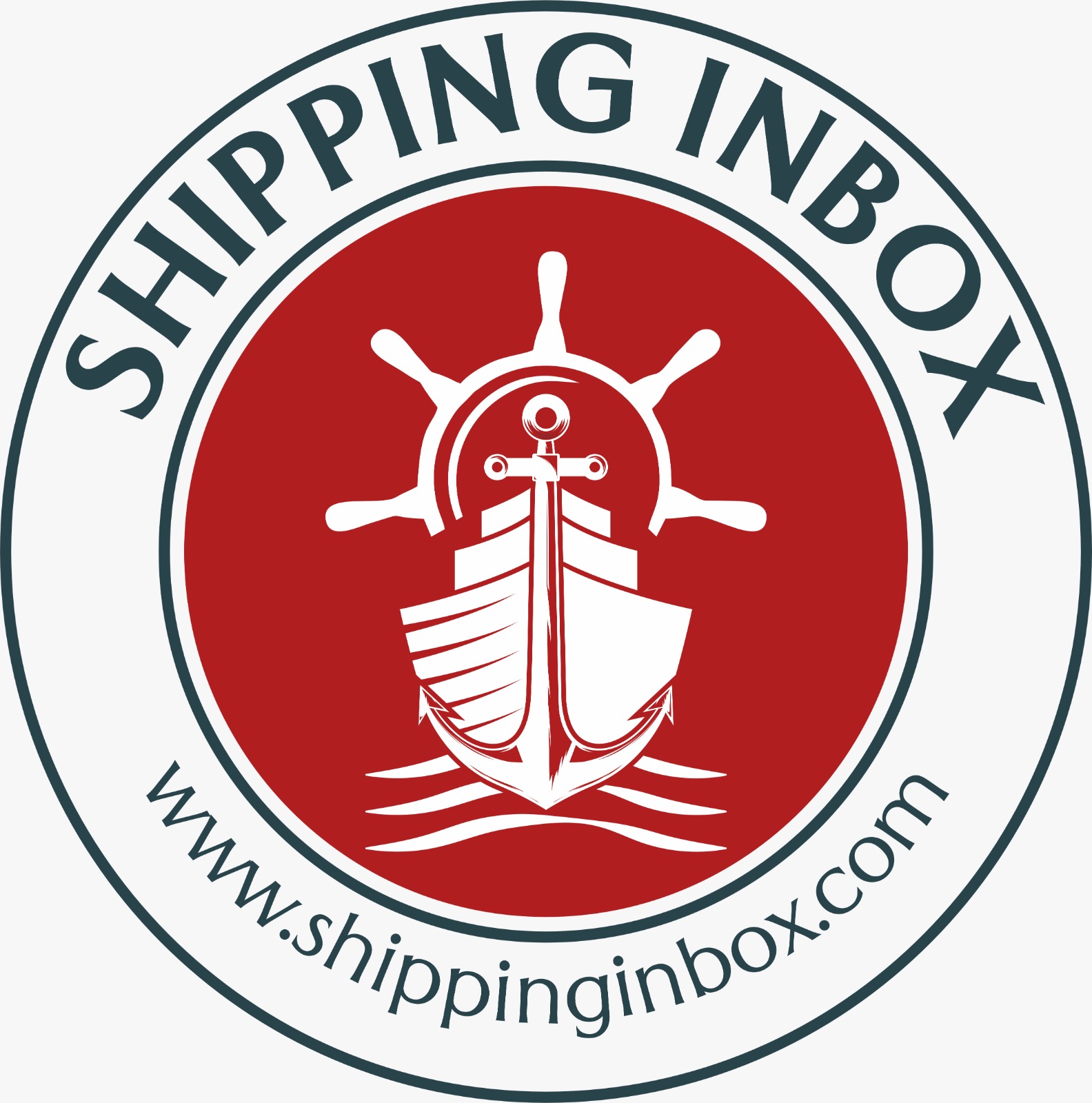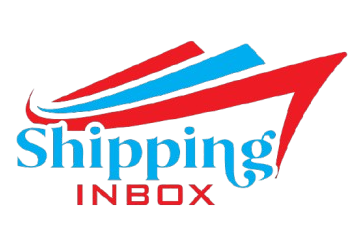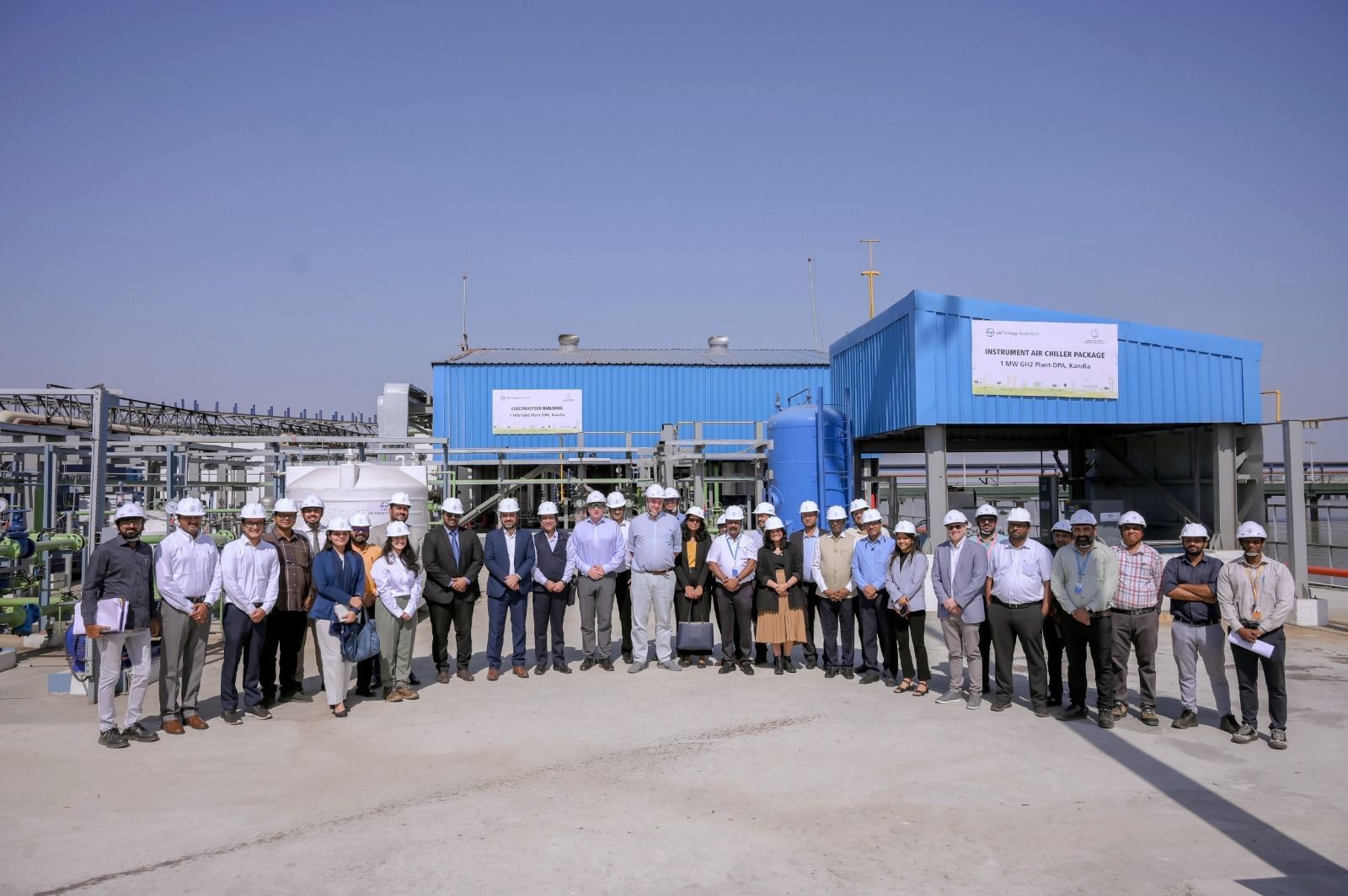Why Are Bow Thrusters Necessary for Large Ships?

In the vast, often unforgiving expanse of the open sea, large ships navigate the waters with relative ease. The challenges, however, begin when these massive vessels approach land. Docking, navigating tight channels, and manoeuvring in congested or tricky waters are tasks that require extreme precision. For large ships—whether they be cargo ships, oil tankers, cruise liners, or naval vessels—traditional propulsion methods, including rudders, become less effective at slower speeds. This is where the importance of bow thrusters becomes evident. Bow thrusters are essential for helping large ships maintain their manoeuvrability, particularly in confined spaces or under challenging conditions, offering an additional degree of control when it matters most.
The Basics: What Are Bow Thrusters?
A bow thruster is a transversal propulsion device located at the front (or bow) of a ship. In simpler terms, it is a propeller or set of propellers housed in a tunnel on the ship’s hull, designed to push the vessel’s bow from side to side. Unlike the main propulsion systems that move a ship forward or backward, bow thrusters are responsible for lateral movement—allowing the ship to move sideways in tight spaces. They can push the bow to the port (left) or starboard (right) without altering the ship’s forward momentum.
These systems come in various sizes and power outputs, with larger ships typically requiring more powerful thrusters to manage the immense size and weight. Some vessels also employ stern thrusters, located at the rear of the ship, to enhance control further. However, the bow thruster is particularly crucial because the ship’s bow is typically harder to manoeuvre due to its distance from the rudder and main propulsion system.
Why Are Bow Thrusters Necessary for Large Ships?
1. Maneuverability in Tight Spaces
One of the most important roles of a bow thruster is enhancing a ship’s manoeuvrability in confined or congested areas. Large vessels, especially those that stretch several hundred meters in length, cannot easily navigate in tight spaces using just rudders and traditional propulsion. When a ship is moving at low speeds—such as during docking, departing, or passing through narrow channels—its ability to turn and change direction is significantly reduced. The hydrodynamic forces that typically assist rudder function decrease, leaving the vessel harder to control.
For instance, during docking, the captain needs to align the ship precisely with the berth. In this situation, lateral movement is often more critical than forward propulsion. A bow thruster allows the ship’s front to move sideways, helping it line up with the dock without the need for forward or reverse motion. This saves time, reduces the risk of accidents, and minimizes the reliance on external help, such as tugboats.
2. Improved Control in Adverse Weather Conditions
Weather can play a significant role in the difficulty of manoeuvring large ships. Wind, waves, and currents can easily affect a ship’s movement, especially when it’s moving at low speeds. Wind, in particular, has a considerable impact on the bow of a ship, causing it to drift. Strong winds can push the ship off course, making it difficult to maintain a straight trajectory, let alone execute precise movements required during docking or navigating through a busy port.
Bow thrusters provide the ship’s captain with an extra tool to counteract these forces. By generating lateral thrust, the thrusters can counter the effects of wind and current, enabling the captain to maintain the desired position or heading without waiting for external factors to subside. This ability is particularly valuable in modern ports, where waiting for weather conditions to improve can result in delays, affecting delivery schedules and increasing operational costs.
3. Reduced Dependence on Tugboats
Traditionally, tugboats have been employed to assist large ships in docking and undocking, especially in challenging weather or narrow port spaces. While tugboats are still widely used, bow thrusters have reduced the need for them in many scenarios. By equipping a ship with bow thrusters, captains can often dock their vessels independently, without waiting for tugboat assistance.
The economic implications of this independence are significant. Tugboat services come with costs that can quickly add up, especially for frequent port visits. Bow thrusters help reduce these expenses by allowing ships to manoeuvre autonomously. Additionally, the efficiency of docking and undocking is improved, as ships can carry out these operations more quickly when they don’t need to coordinate with external tugboat crews. The cumulative effect of these time and cost savings becomes especially important for large fleets and commercial operations.
4. Enhanced Safety and Precision
Large ships carry valuable cargo, passengers, or even hazardous materials. Navigating in tight spaces or complex harbour environments without proper manoeuvrability tools can lead to accidents, collisions, or damage to both the ship and the surrounding infrastructure. Bow thrusters contribute significantly to the overall safety of these vessels by providing a high level of control during critical operations.
In busy ports, where multiple vessels are docking, departing, and navigating simultaneously, the risk of collisions increases. Bow thrusters allow captains to make quick, precise adjustments to the ship’s position, minimizing the chance of accidents. This level of precision is also crucial when operating in confined areas like locks, where even a slight miscalculation can result in costly damage to both the ship and the lock infrastructure.
5. Compensating for Large Size and Weight
The sheer size and mass of modern ships make them inherently difficult to control at slow speeds. As a vessel increases in size, its inertia grows, meaning it takes more effort to change its direction or stop it once it’s in motion. The larger the ship, the more pronounced this issue becomes. Bow thrusters compensate for this by providing a dedicated source of lateral thrust that can help overcome the inertia of the vessel.
For instance, oil tankers, which can weigh hundreds of thousands of tons, require precise control when docking or departing due to their size and the hazardous materials they often carry. Even a small miscalculation in manoeuvring can have catastrophic consequences. Bow thrusters, with their ability to offer pinpoint lateral movement, become an indispensable part of these ships’ control systems.
Challenges and Limitations of Bow Thrusters
While bow thrusters are essential, they come with their own set of challenges. First, they require a significant amount of energy to operate, which can strain a ship’s power systems, especially when other systems are in use. Additionally, the thruster’s effectiveness can be limited by extreme weather conditions. In cases of very strong winds or currents, the lateral thrust produced by the bow thruster may not be enough to counteract the external forces, necessitating the use of tugboats or other aids.
Furthermore, bow thrusters are typically only effective at low speeds. Once a ship gains momentum, the hydrodynamic forces acting on the hull and rudder become more influential, reducing the need for thrusters. Therefore, bow thrusters are not a replacement for other navigational tools but rather a supplement that enhances control in specific situations.
Conclusion
Bow thrusters are indispensable for large ships, providing critical assistance in maintaining control during docking, navigating tight spaces, and compensating for the ship’s size and inertia. They enhance safety, reduce operational costs, and improve manoeuvrability, particularly in adverse weather conditions or congested port environments. For modern shipping, where efficiency and precision are paramount, bow thrusters have become a key technological feature, ensuring that these massive vessels can navigate the most challenging situations with ease.
Author: shipping inbox
shipping and maritime related web portal








